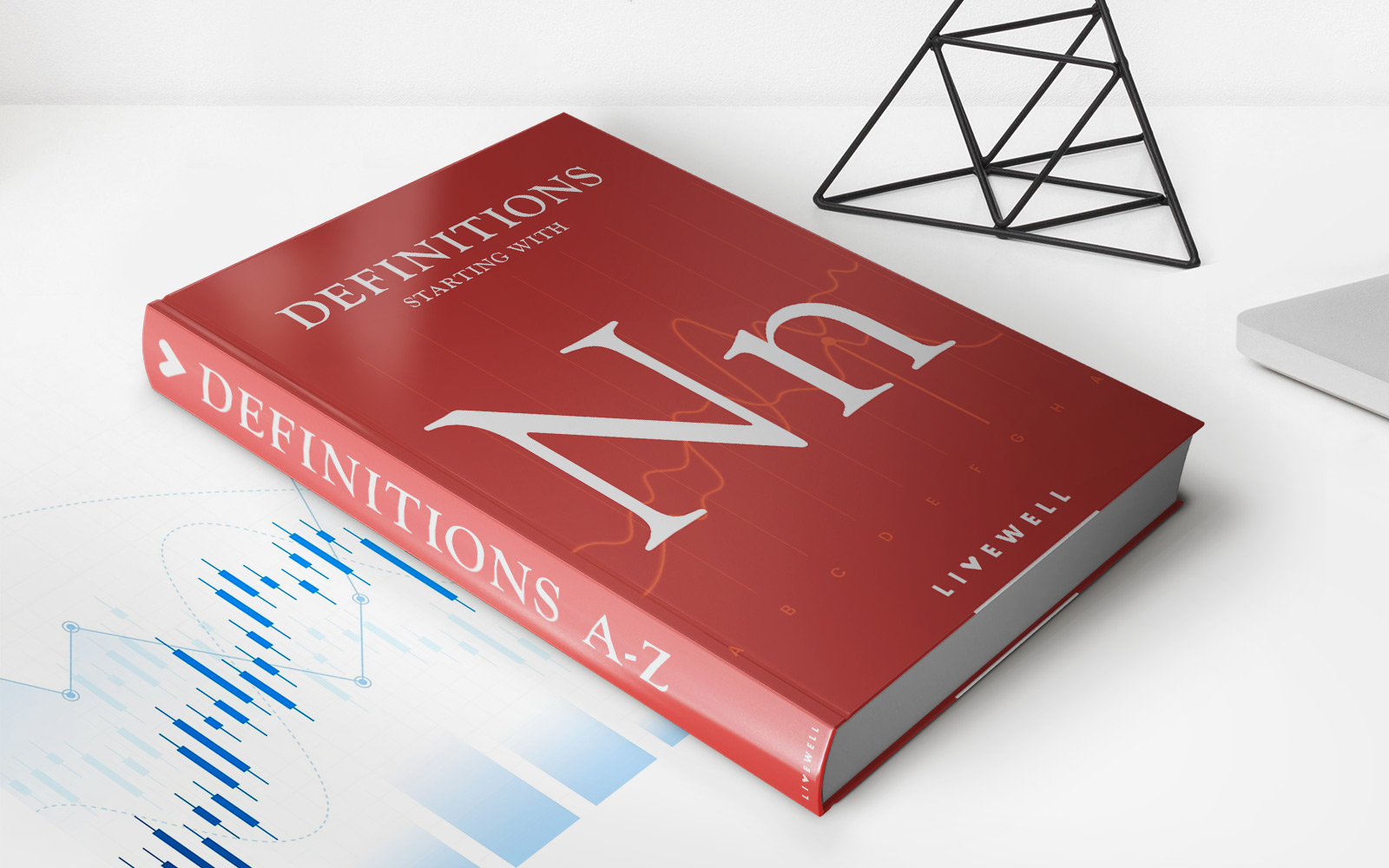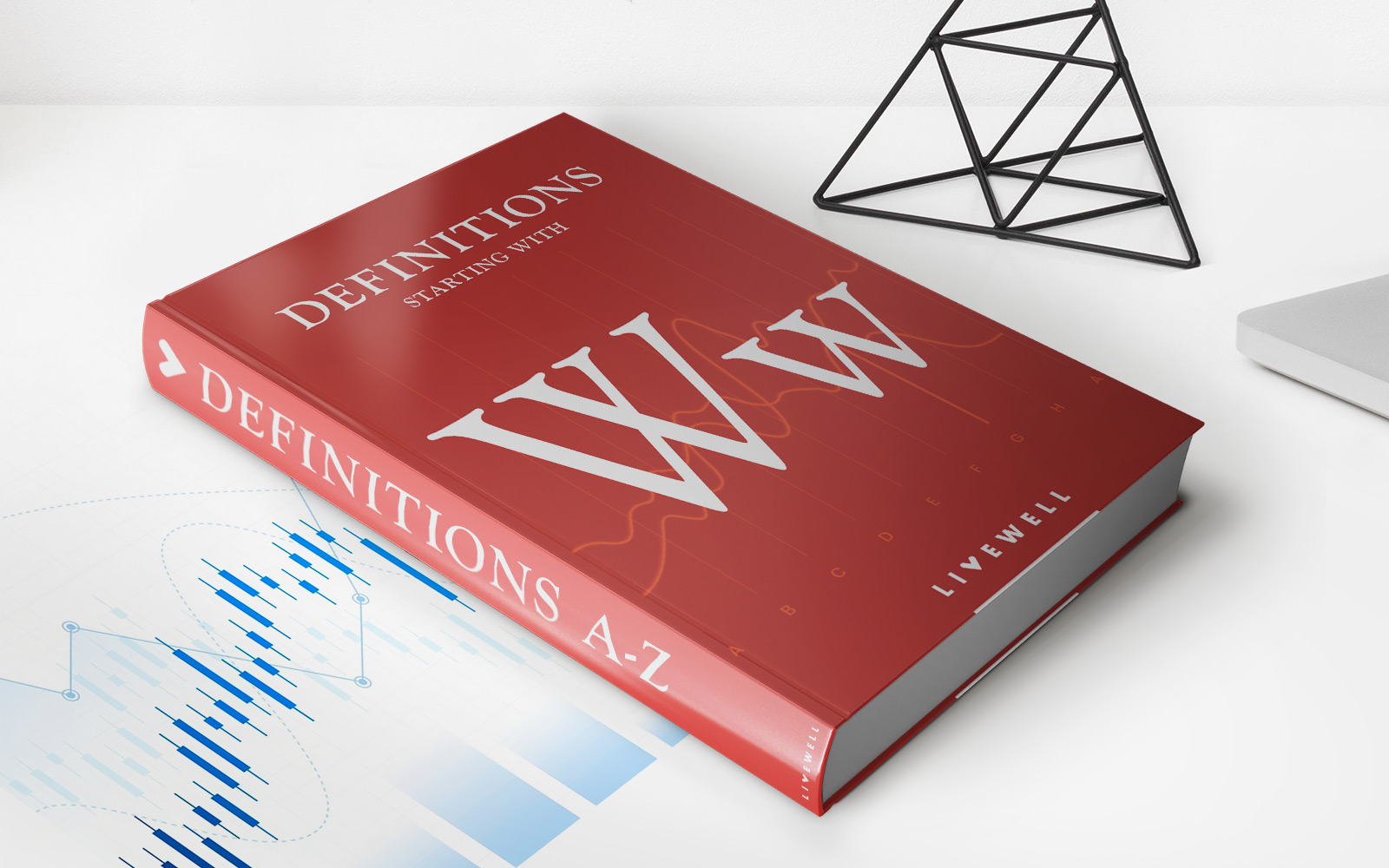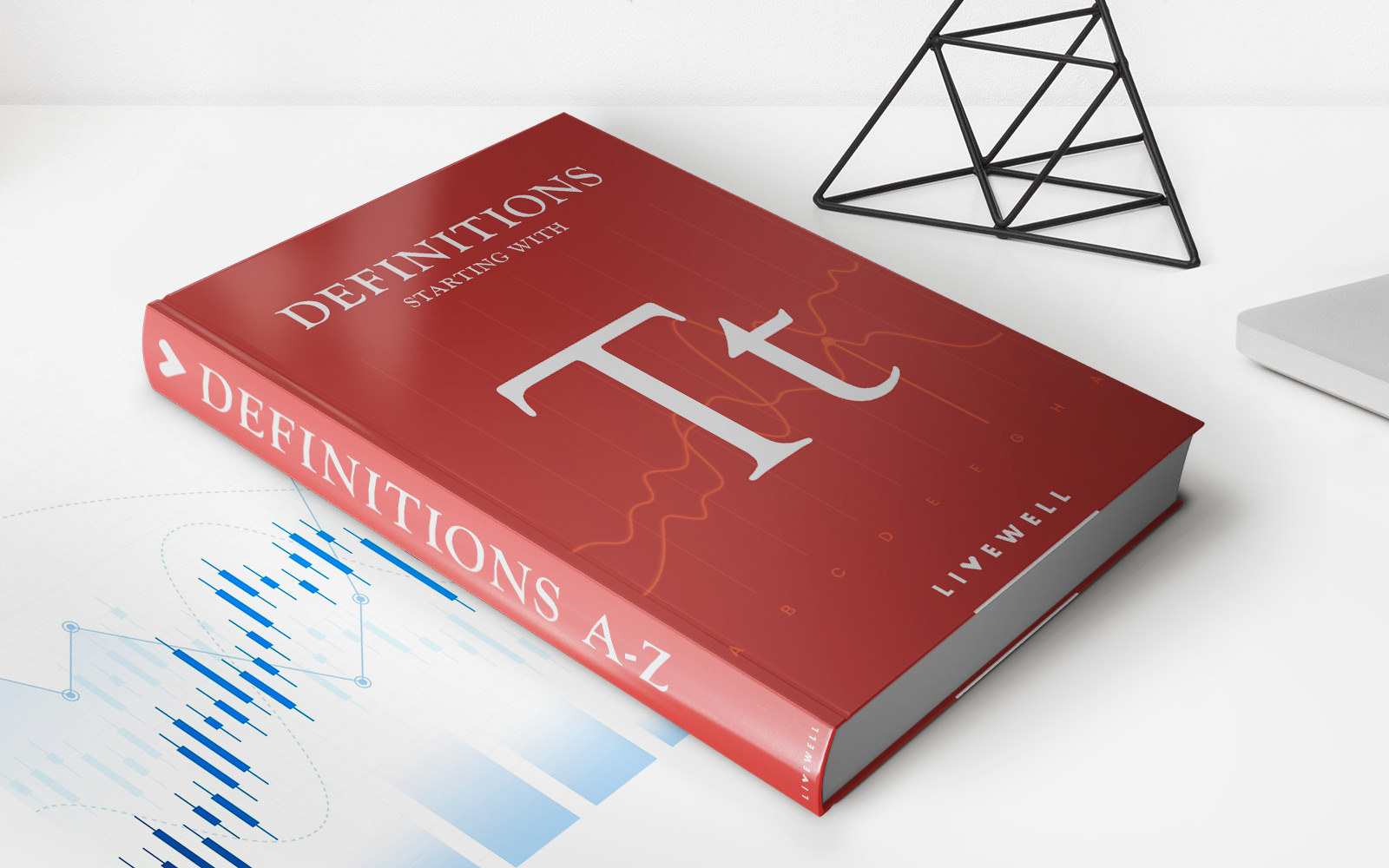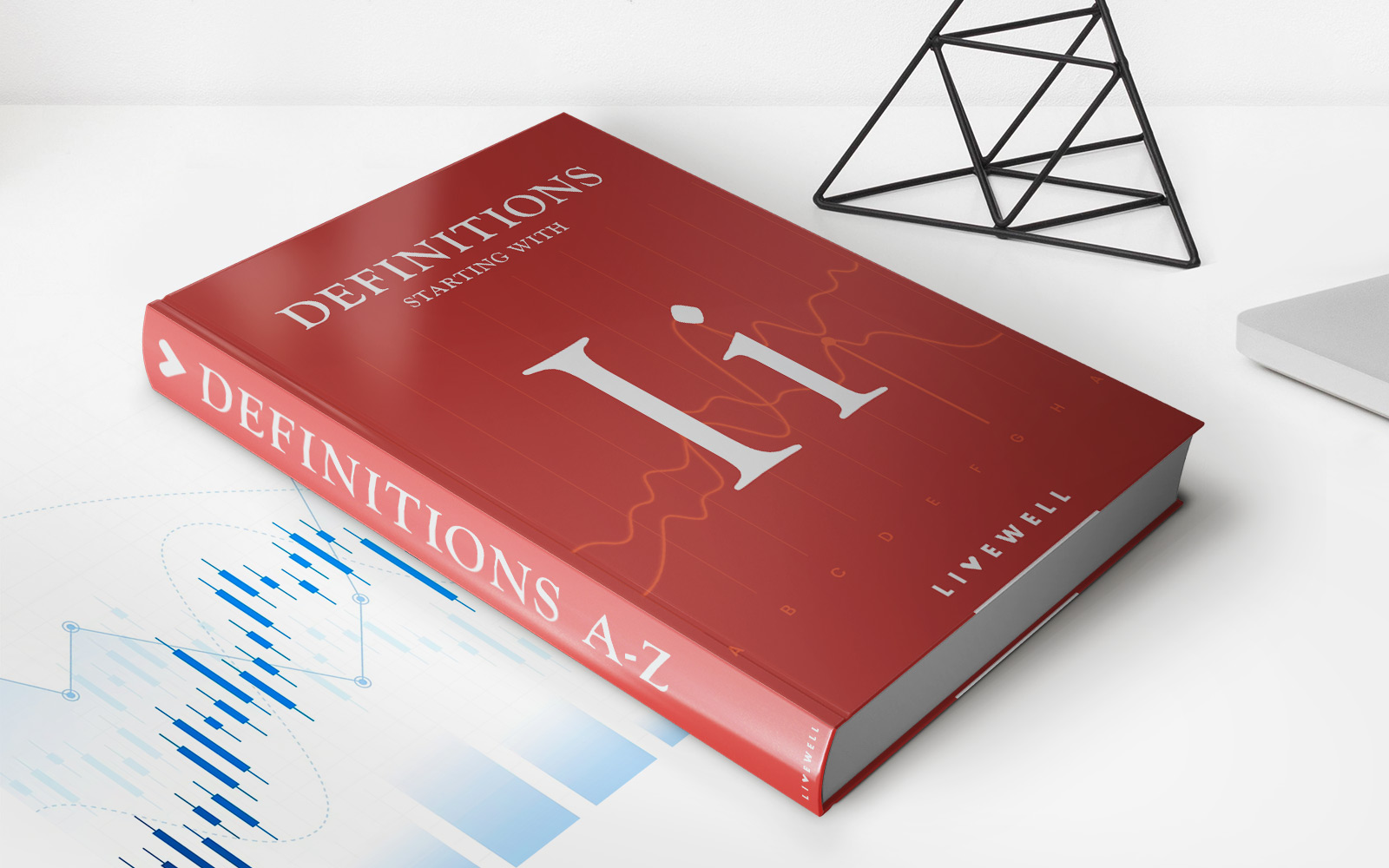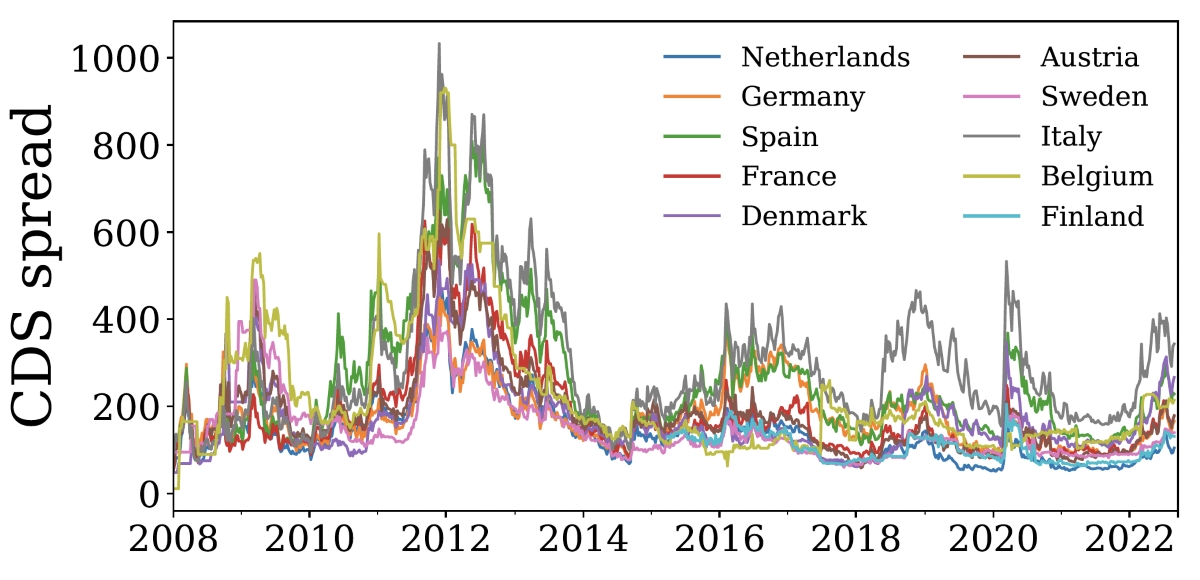Home>Finance>Celtic Tiger: Definition, History, And How Irish Economy Thrived


Finance
Celtic Tiger: Definition, History, And How Irish Economy Thrived
Published: October 25, 2023
Discover the phenomenon of the Celtic Tiger, its historical roots and how it propelled Ireland's finance sector to flourish, contributing to the nation's economic success.
(Many of the links in this article redirect to a specific reviewed product. Your purchase of these products through affiliate links helps to generate commission for LiveWell, at no extra cost. Learn more)
Celtic Tiger: Definition, History, and How the Irish Economy Thrived
Welcome to the “Finance” category of our blog, where we delve into various aspects of the global economy. In this post, we’ll explore the phenomenon known as the Celtic Tiger. What exactly is the Celtic Tiger? How did it shape the history of Ireland’s economy? And what factors contributed to its triumph? Let’s dive in and uncover the answers.
Key Takeaways
- The Celtic Tiger refers to a period of exceptional economic growth in Ireland that occurred between the late 1990s and early 2000s.
- Ireland’s remarkable economic success during this period was largely driven by factors such as foreign direct investment, a skilled workforce, low corporation tax rates, and EU membership.
A Brief History of the Celtic Tiger
The term “Celtic Tiger” was coined to describe Ireland’s rapid economic growth following decades of relative stagnation. Starting in the late 1990s, Ireland experienced a remarkable transformation, transitioning from being one of the poorest countries in Western Europe to becoming one of the fastest-growing economies globally.
A combination of favorable economic factors and strategic government policies played a crucial role in this impressive turnaround. One of the key factors was Ireland’s ability to attract substantial foreign direct investment (FDI) during this period. Major multinational corporations, particularly from the technology and pharmaceutical sectors, set up their European headquarters in Ireland, creating jobs and driving economic growth.
Furthermore, Ireland’s membership in the European Union (EU) provided access to a larger market and increased foreign investment opportunities. The adoption of the euro as the national currency further bolstered Ireland’s economic stability and facilitated trade with other EU member states.
Additionally, Ireland prioritized education and invested in cultivating a highly skilled workforce. This emphasis on education, combined with the attractive corporate tax rates offered to businesses, made Ireland an appealing destination for international companies looking to establish a European presence.
Factors Behind the Celtic Tiger’s Success
Several factors contributed to the Celtic Tiger’s success:
- FDI and Multinational Corporations: The influx of foreign direct investment played a vital role in Ireland’s economic expansion. Multinational corporations brought capital, expertise, and jobs to the country, with many establishing manufacturing and technological hubs.
- Education and Skilled Workforce: Ireland’s focus on education and training produced a highly skilled workforce, capable of meeting the demands of the emerging knowledge-based economy. This, in turn, attracted further investment and job creation.
- Low Corporation Tax Rates: Ireland’s competitive corporate tax rates attracted multinational corporations, encouraging them to establish a presence in the country. This contributed to Ireland’s reputation as a business-friendly environment.
- EU Membership and Economic Integration: Ireland’s membership in the EU opened up access to a larger market and increased trade opportunities with other member countries. This integration helped foster economic growth and stability.
Conclusion
The Celtic Tiger period stands as a testament to Ireland’s remarkable economic transformation. The combination of FDI, a highly skilled workforce, favorable tax policies, and EU membership created a fertile ground for economic growth and prosperity. Though the Celtic Tiger era came to an end with the global financial crisis of 2008, Ireland’s economy continues to thrive, building upon the foundations laid during this extraordinary period.
We hope this post has shed some light on the fascinating history of the Celtic Tiger phenomenon. Keep exploring our “Finance” category for more insightful articles on diverse economic topics.


